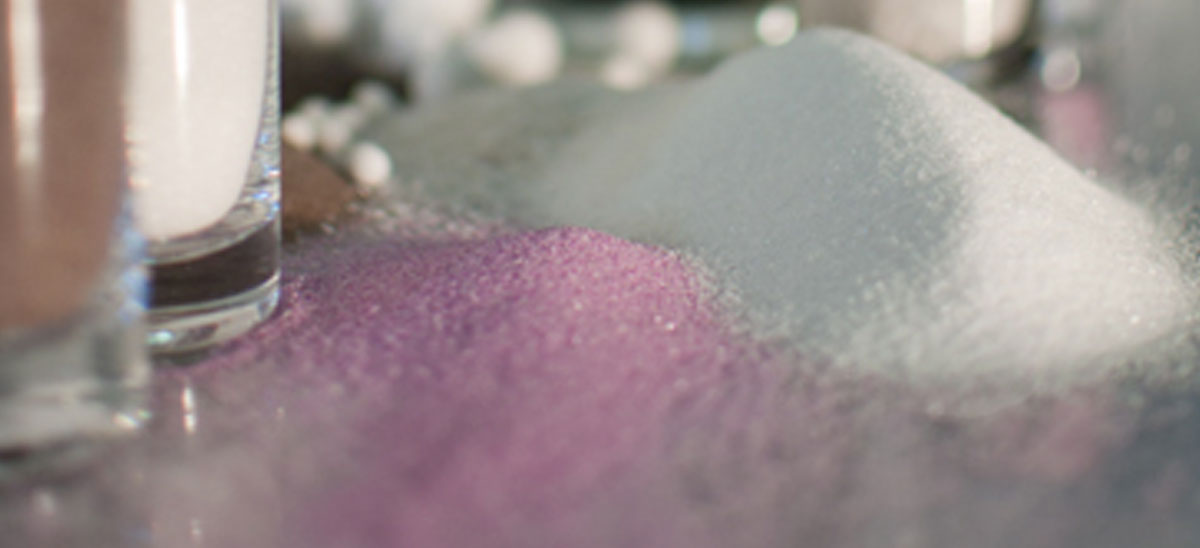Bauxite, a term used in the industrial context, refers to the mineral ore composed primarily of trihydrate aluminum silicate, monohydrate soft aluminum silicate, or monohydrate hard aluminum silicate, which can be commercially utilized. Its applications span both the metallic and non-metallic domains.
Metallic aluminum is the second most important metal in the world, after steel, with a global per capita consumption of 3.29 kg in 1995. Aluminum's desirable properties, such as low density, good electrical and thermal conductivity, and ease of machining, have led to its widespread use across various sectors of the national economy. The largest consumers of aluminum globally are the construction, transportation, and packaging industries, accounting for over 60% of total aluminum consumption. Aluminum is an indispensable raw material for the electrical, aircraft manufacturing, machinery, and consumer appliance industries.
The Alkaline Process
Process Description:
The alkaline process for producing alumina involves using an alkaline solution (NaOH or Na2CO3) to treat the bauxite ore, converting the aluminum oxide within the ore into a sodium aluminate solution. The impurities, such as iron and titanium, along with the majority of the silica, form insoluble compounds and are separated as a residue (commonly known as red mud, which is typically rich in iron oxide and reddish in color). The pure sodium aluminate solution is then decomposed under suitable conditions to precipitate aluminum hydroxide, which is then separated, washed, and calcined to obtain the final alumina product. The spent liquor can be recycled and used to process another batch of ore.
1. The Bayer Process
The Bayer process is a widely used industrial chemical process for producing alumina from bauxite. Developed by K.J. Bayer between 1889 and 1892, it has undergone numerous improvements over the past century. The process is particularly well-suited for treating low-silica bauxite, especially the trihydrate type, and is characterized by a simple flow, convenient operation, high-quality products, and high economic efficiency.
The Bayer Process Principle:
The process involves using a concentrated sodium hydroxide solution to convert the aluminum oxide hydrate in the bauxite into sodium aluminate. Through dilution and the addition of aluminum hydroxide seed crystals, the aluminum hydroxide is then precipitated out, while the remaining sodium aluminate solution, also known as the spent liquor, is reused to process the next batch of bauxite, enabling continuous production.
2. The Sintering Process
The basic principle of the caustic soda-lime sintering process is that the oxide compounds in the furnace feed undergo high-temperature sintering, transforming into sodium aluminate (Na2O·Al2O3), sodium ferrite (Na2O·Fe2O3), dicalcium silicate (2CaO·SiO2), and calcium titanate (CaO·TiO2). When the sintered product is dissolved in water or a dilute alkaline solution, the sodium aluminate dissolves into the solution, while the sodium ferrite hydrolyzes to form NaOH and Fe2O3·H2O precipitation. The dicalcium silicate and calcium titanate remain insoluble and become the mud residue, which is separated and removed. The sodium aluminate solution is then carbonated, causing the precipitation of Al(OH)3, while the spent liquor (primarily Na2CO3) is concentrated by evaporation and recycled back to the feed preparation for sintering.
3. The Combined Process
The Bayer process and the caustic soda-lime sintering process are the main methods used in the industrial production of alumina. Each has its own advantages, disadvantages, and application ranges. When the production scale is large, the combined process, which integrates the Bayer and sintering methods, can leverage the strengths of both while mitigating their weaknesses, resulting in better economic performance and more comprehensive utilization of the bauxite resources. The combined process can be further divided into parallel, series, and hybrid flow sheets, and it is primarily suited for medium to low-grade bauxite with an alumina-to-silica ratio of 7 to 9.
